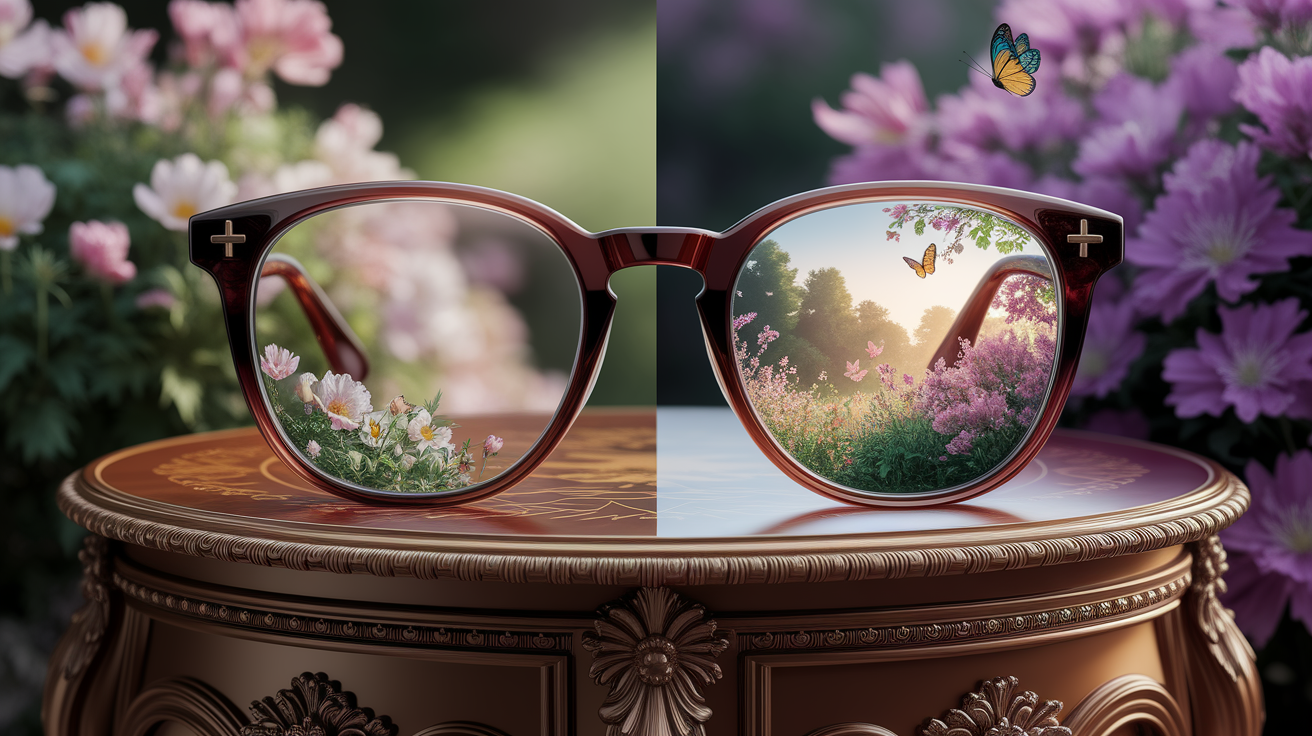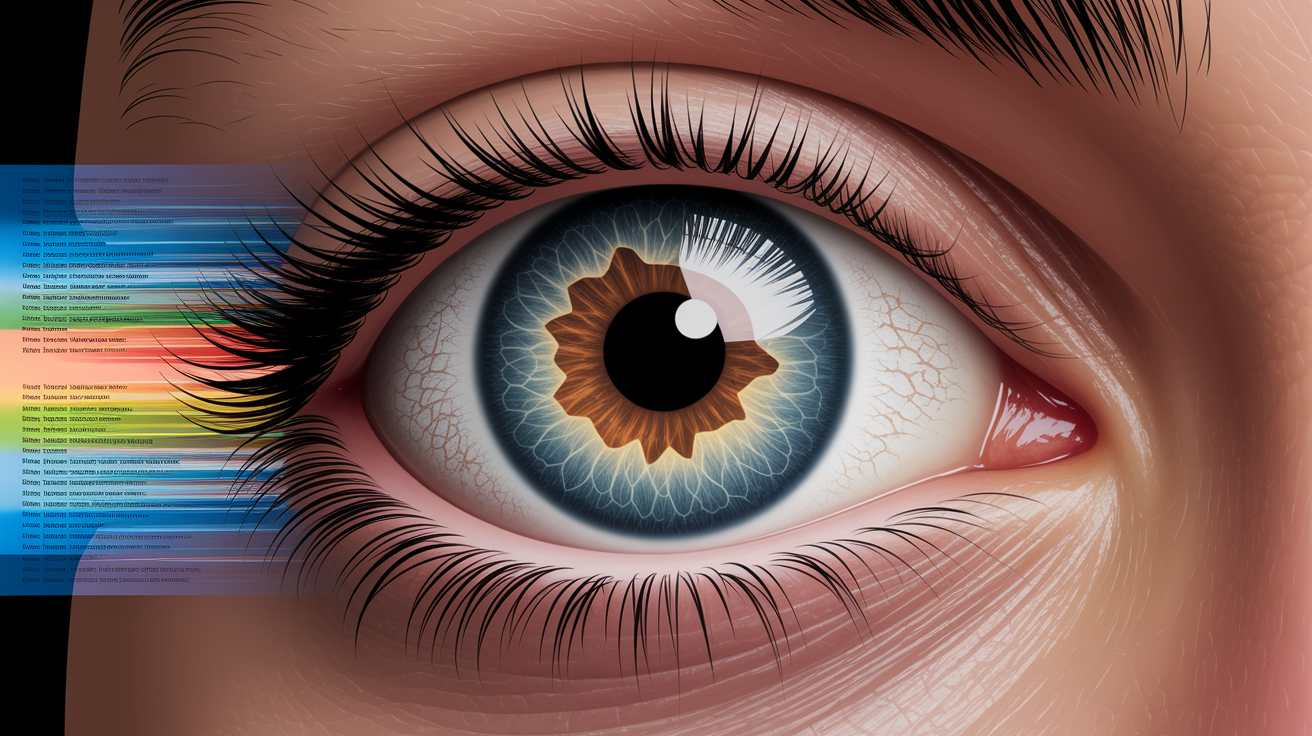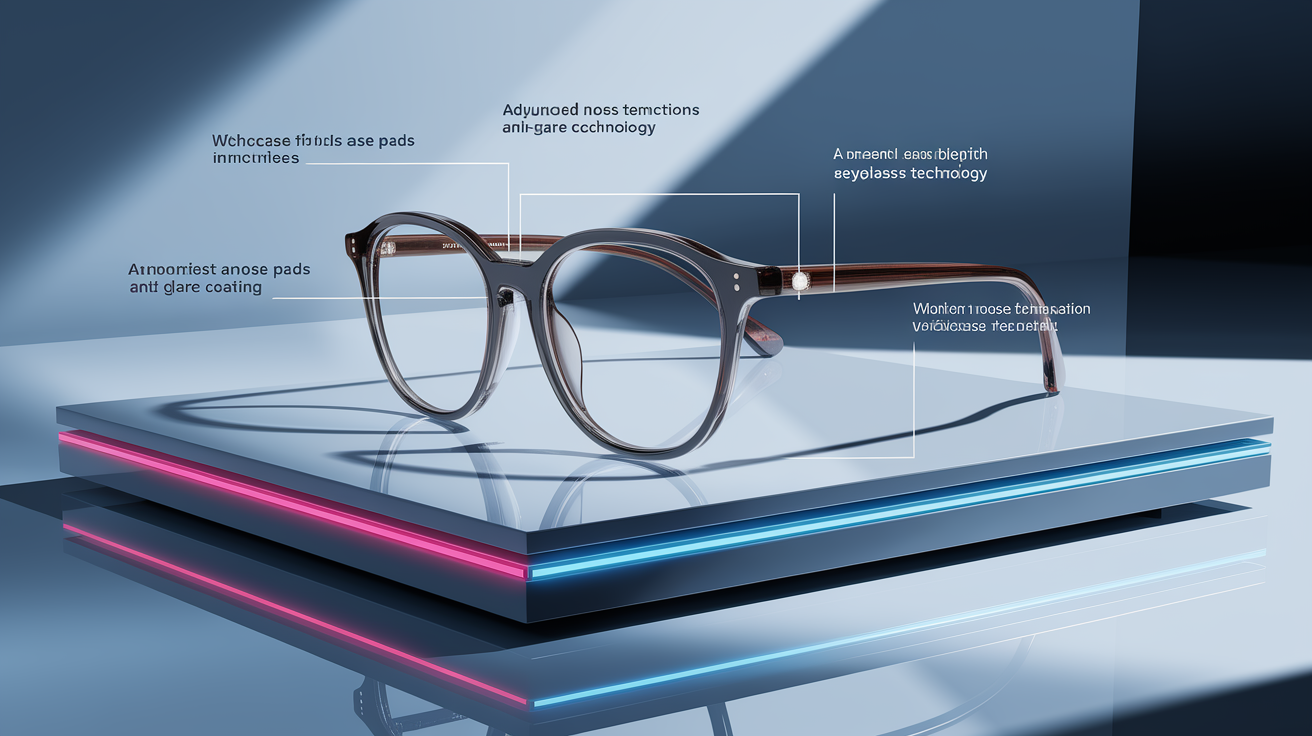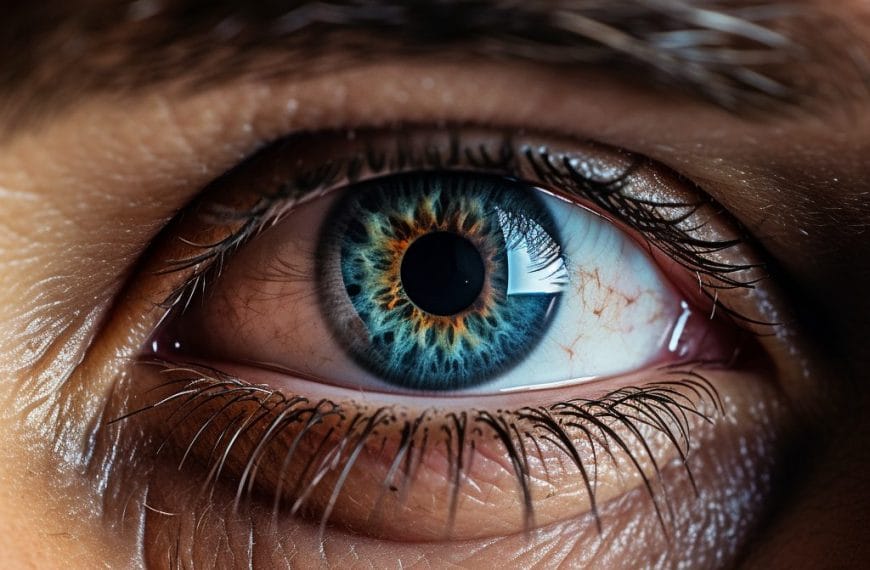Quick Answer: Eyeglasses correct vision by bending light so it focuses precisely on your retina, compensating for refractive errors like nearsightedness, farsightedness, and astigmatism. Different lens shapes change the light’s path, giving you sharper, more comfortable vision.
The Clear Truth: How Glasses Sharpen Your World
Think of eyeglasses as precision tools for your eyes, a bit like a camera lens you can swap out. When your eyes don’t naturally focus light onto your retina, glasses step in to adjust the path of light before it reaches your eye. According to Dr. Zeiler’s explanation, the eye works much like a camera, with the cornea and lens bending light to create a sharp image on the retina. When that focus is off, things get blurry — and glasses bring things back into crisp clarity.

Why Vision Gets Blurry: Understanding Refractive Errors
Blurry vision usually comes down to how — and where — light lands inside your eye. Refractive errors happen when the light isn’t focused exactly on the retina.

- Myopia (Nearsightedness): Light focuses in front of the retina. Distant objects look fuzzy.
- Hyperopia (Farsightedness): Light focuses behind the retina. Near tasks feel hard to see clearly.
- Astigmatism: The cornea or lens is unevenly curved, scattering focus in different directions.
You can dive deeper into these issues and their fixes in Zenni Optical’s breakdown of refractive errors — it’s a clear guide to why corrective lenses are designed the way they are.
Lens Mechanics: How Different Glasses Correct Your Focus
Eyeglass lenses are masters at manipulating light refraction so your focal point lands exactly on your retina.

- Concave (Minus) Lenses: Used for myopia. They spread light outward before it enters the eye, shifting focus backward.
- Convex (Plus) Lenses: Used for hyperopia. They bend light inward, pulling the focus forward.
- Cylindrical Lenses: Used for astigmatism. They have customized curves to counteract uneven corneal shapes.
Lakeline Vision offers a helpful explanation of how these lens shapes change your visual focus point.
From Prescription to Perfection: Customizing Your Glasses
Not all eyes — or prescriptions — are alike. The science of refraction means your lenses must be tailored specifically for your optical power, measured in diopters. This process starts with an eye examination, often conducted by an ophthalmologist, who determines the precise curvature and thickness your lenses need.

- Measure your visual acuity with charts and focusing tests.
- Determine your exact refractive error.
- Choose lens materials (plastic, polycarbonate, high-index) for comfort and clarity.
- Add coatings like anti-reflective or blue-light filters for visual ease.
As William’s Eye Works describes, shaping the lens is all about controlling how light bends, ensuring focus lands perfectly on your retina.
Beyond Basic Clarity: Innovations in Eyeglass Technology
Glasses have come a long way from simple single vision lenses. Now, lens design can address multiple focal points and special needs.

- Bifocal lenses: Correct both near and distant vision in one lens.
- Progressive lenses: Provide a smooth transition between multiple focal strengths, ideal for presbyopia.
- Myopia-control lenses: Specially crafted to adjust peripheral light focus to help slow progression in children (My Kids Vision details this approach).
- Advanced Coatings: Cut glare, resist scratches, and block harmful UV rays.
These innovations not only make vision clearer but often more comfortable and tailored to your lifestyle.
Looking Forward: Glasses and Vision Beyond Clarity
Eyeglasses are already blending science with style — but the future may bring even more. Imagine lenses that adjust optical power in real-time, or glasses with built-in augmented reality overlays. While these technologies are still developing, the core principle remains the same: controlling the path of light to keep your world sharp and vivid.













